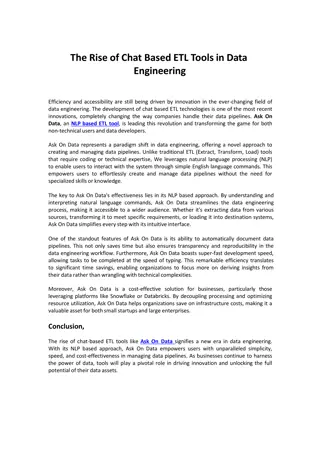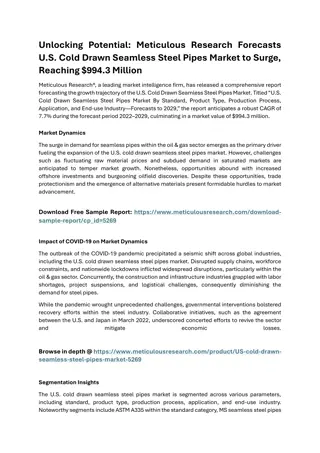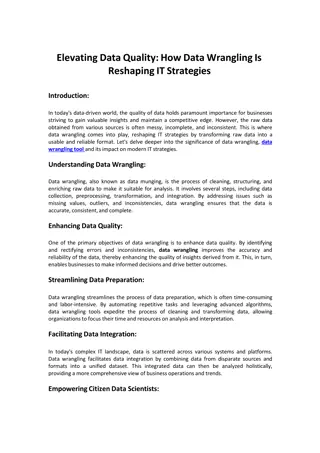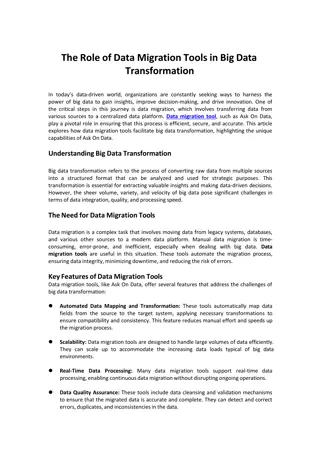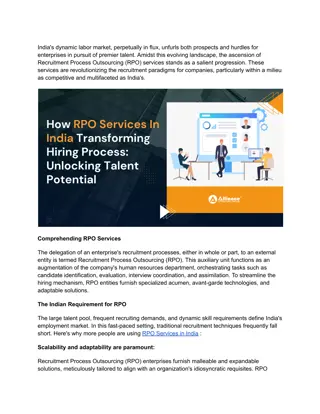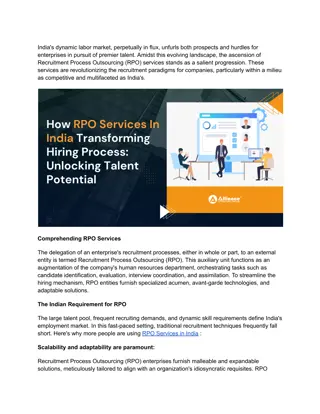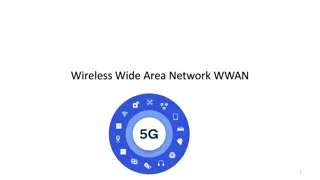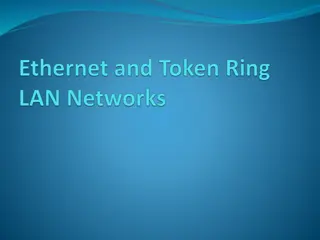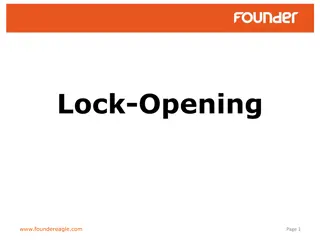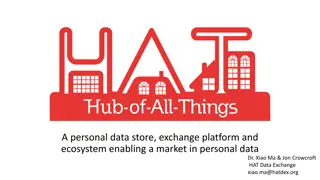Unlocking the Potential of Local Area Data Networks (LADN) in 5G Networks
Explore how Local Area Data Networks (LADN) in 5G enable ultra-low latency, high-speed connectivity for specific service areas. Learn how LADN allows for tailored services in different scenarios like stadiums and enterprise campuses, optimizing user experiences and network efficiency.
Download Presentation

Please find below an Image/Link to download the presentation.
The content on the website is provided AS IS for your information and personal use only. It may not be sold, licensed, or shared on other websites without obtaining consent from the author.If you encounter any issues during the download, it is possible that the publisher has removed the file from their server.
You are allowed to download the files provided on this website for personal or commercial use, subject to the condition that they are used lawfully. All files are the property of their respective owners.
The content on the website is provided AS IS for your information and personal use only. It may not be sold, licensed, or shared on other websites without obtaining consent from the author.
E N D
Presentation Transcript
LADN In this approach, the UE explicitly requests a PDU session to a special Access point Network/Digital Data Network (APN/DDN) in order to get access to the locally provided service. To support this, the AMF provides to the UE the LADN information about the LADN availability.
LADN The AMF tracks the UE and informs the SMF whether the UE is in the LADN service area. LADN information is provided to the UE by the AMF during registration. This information consists of LADN DNN and LADN service area information.
LADN The LADN service area information includes a set of tracking areas that belong to the current registration area of the UE. The UE may then request a PDU session establishment for an available LADN when the UE is located in the lADN service area.
LADN A Local Area Data Network is a Data Network to which the uE can connect with a LADN session only when the UE is located in a certain area. Within one registration area there are multiple LADN service areas. The LADN service area consists of Tracking area (TA) .
LADN The UE can connect the LADN 1 when the UE is located in the LADN service area 1. In the LADN, it is allowed that the LADN service area 2 and 3 have an overlapped area.
LADN First, LADN realizes 5G applications with low latency and high data rate since an operator can locate the dedicated UPF near RAN. For stadium scenarios, low latency and high data rate streaming service is provided only for the customers who are watching sports in the stadium.
LADN Second, LADN supports the enterprise campus scenario, since it is able to restrict the IP connectivity for the employees for the company who are authorized to access the local enterprise servers if they are located in the campus area.
LADN Third , LADN supports the shopping mall scenarios, since it is able to provide the customers sponsored IP connectivity to the customers who are visited the shopping mall where they are located in the shopping mall area.
LADN Fourth, LADN supports the special event scenario since it is able to offload the subscriber s increasing data traffic that is coming from a localized area where the special event is taken place.
Differences from Local IP Access LIPA relies on the Closed subscriber group and the RAN s awareness while LADN doesn t. In LIPA, one CSG cell belongs to only one CSG group for LIPA connection while one cell within a TA can belong to the multiple LADN session.
LADN Design In 5G system architecture, the AMF is responsible for registration and connection management functions. The Session Management Function (SMF) is responsible for establishment , modification and release of PDU session including tunnel management between the AN node and the UPF. The UPF is responsible for DL packet buffering and DL data notification triggering in addition to packet routing and forwarding.
LADN Design The LADN is designed on top of 5G system architecture. The LADN service area is configured at AMF. The SMF is responsible for handling the PDU session for the LADN.
Configuration of LADN service area After the operator plans the LADN service, it configures the LADN information which consists of the Data Network name (DNN) and LADN service area.
Discovery of the LADN Availability info The 5G core network notifies the UE of the LADN information which are available to the UE, based on the UE location. When the UE first register to the network within the registration area, if the registration area contains the LADN service area, the network(AMF) informs the available LADN Data Network Name (DNN) with it available tracking areas to the UE.
Establishment of PDU session for LADN Based on the information, the UE may request a PDU session establishment for an available LADN based on the UE application request only when the LADN is available.
UE Movement crossing LADN boundaries When the UE moves out the LADN service area , the UE is no allowed to get data services with the peer entity in the LADN data network. When the UE is out of the LADN service area, the network changes the PDU session reachability state to unreachable. In the PDU session unreachable state, the UPF drops the data packets since the UE is not allowed to send and receive the data packets outside of LADn service area.
Termination of PDU session The network may at any time, based on the network policies, release the PDU session.
Advantages Reduced costs Increased storage capacity Optimized flexibility Resource sharing Computer identification
Advantages Software sharing Convenient communication Centralized data Improved security Internet sharing
LADN It is a Data Network to which the UE can connect with a LADN session only when the UE is located in a certain area. LADN realizes 5G applications with low latency and high data rate since an operator can locate the dedicated UPF(user plane function) near RAN.
LADN Within one registration area, there are multiple LADN Service areas . The LADN service area 1 consists of tracking areas. The UE can connect the LADN 1 when the UE is located in LADN Service area 1. In the LADN, it is allowed that LADN service area 2 and service area 3 can have overlapped area.
LADN It geographically isolates the operator network resources to provide high data rate, low latency and service localization for 5G system Architecture. LADN provides high throughput, low latency and service localization for 5G wireless networks and propose an enhanced CP design for LADN in 5G wireless networks.
LADN LADN is a data network to which the UE can connect with a specific LADN session only when the UE is located in a certain service area. If the LADN information between the UE and core network is not identical, the LADN session cannot be properly established. The proposed enhanced control protocol design can prevent unnecessary signalling overhead and communication delay for LADN in 5G wireless networks.
Solution A No Reporting when Crossing LADN boundary with false paging (NRCL) With this approach, the UE doesn t report its location whenever it crosses the boundary of LADN service area. The network is aware whether the UE moves into or out of LADN service area when the UE is in CM-CONNECTED state.| The UE moves into or out of LADN service area in CM-IDLE state, the network does not know whether the UE is inside or outside of the LADN service area.
Solution A No Reporting when Crossing LADN boundary with false paging (NRCL) So, when the DL data comes to the UPF for LADN, the network performs the paging procedure. After the UE wakes up, the network can determine whether the UE is located inside or outside of the LADN service area. The advantage of this solution is that the UE power consumption doesn t increase since the UE does not perform the mobility registration update procedure to report its location when it crosses the boundary of the LADN service area.
Solution B Location Reporting when Crossing the LADN boundary (LRCL) In order for the network to be aware whether the UE is inside or outside of LADN service area, it is proposed that UE reports its location by performing the mobility registration update procedure when it moves into or out of the LADN service area. With this solution, after the UE is configured of LADN service area during the registration procedure, it reports its location whenever it crosses the LADN service area boundaries so that the network is aware of whether the UE is located inside or outside of LADN service area.
Solution B Location Reporting when Crossing the LADN boundary (LRCL) The advantage of this solution is the network doesn t have to page the UE when the DL data comes to the UPF in case that the UE is out of the LADN service area in CM-IDLE state since the network always knows whether the UE is inside or outside of the LADN service area.
Solution B Location Reporting when Crossing the LADN boundary (LRCL) The disadvantage of this solution is that the UE must report its location whenever it crosses the LADN service area boundary. It requires additional UE power consumption and uses the network resources to perform the registration update procedure. If the UE moves frequently in and out of the LADN service area, it does not cost much.
User Walk Model In order to reflect the human mobility patterns, we use the levy walk model. In this model, a step is represented by four variables : flight length, direction, flight time and pause time. In the walk model, flight lengths and pause times follow levy distributions with coefficients alpha, beta respectively.
User Walk Model We use an uniform flight direction distribution. We also implemented the reflective movement when a simulation flight crosses a boundary of the simulation plane.
Registration Area & LADN Service Area It uses the similar structure of TA and registration. Since the minimal granularity of the LADN service area is a tracking area, we don t take into account cell network layout. One tracking represented in hexagon is assumed to have 600 mtr for the inter-tracking area distance. Each registration area that consists of 9 tracking areas.
DL data arrival model & CM state duration We use the Poisson arrival model for the DL data for arrival rate as a simulation parameter with default value set to one DL data arrival per hour. We also assume that the UE is in CM-IDLE state for 90% of time based on the internal report about the smartphone usage model. ,





